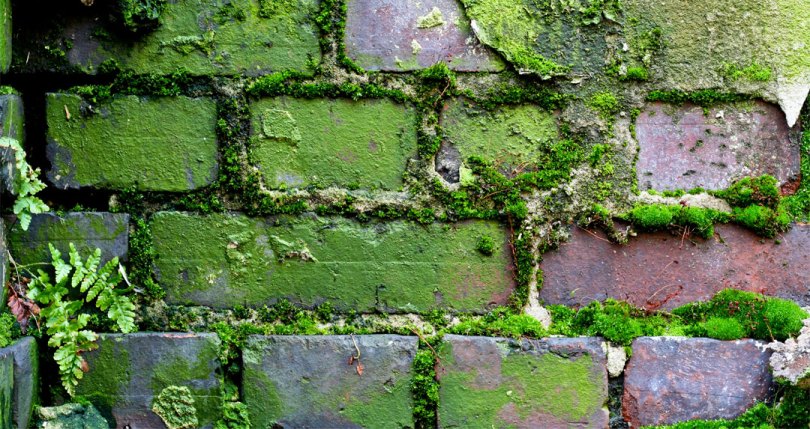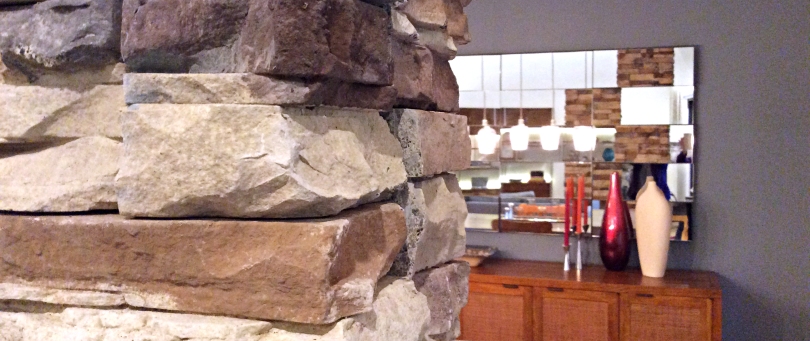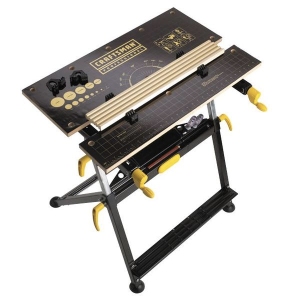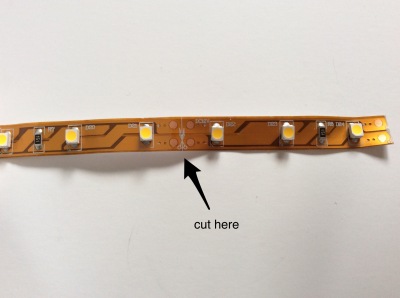With a nod to her past, a designer uses reclaimed mushroom wood as an accent to a modern kitchen.
Who claims fame for reclaimed?
When my father chose used bricks for the foyer and fireplace of his custom built home in South Jersey, even then, I thought… that’s cool. There were other materials in the house that were “reclaimed” or salvaged. The desk suspended from ships’ chains, railroad tie beams on the ceiling and a penny gum ball machine in the family room. They were all curiosities.
John had a vision when he built the house. It would be a grey weathered New England saltbox. Maybe he wanted to bring a little bit of his New England roots to the Jersey shore. No aluminum siding here. The house was clad in cedar siding. Cedar very quickly weathers to a smokey grey as if being battered from years of weather’s storms. However, I’m quite certain that if reclaimed cedar siding had been available back then to achieve his vision, he would have used it.

Sustainable and eco friendly?
A natural landscape was chosen to complete the look. Or more simply, it had no lawn. Why? Was it because it was sustainable? Or eco friendly? Not a chance. He had no use for a lawn. To him, spending hours maintaining a lawn involved giving up too much valuable free time. So eventually, the yard turned into a low maintenance and eco friendly mossy carpet nestled in a neighborhood full of manicured suburban lawns.
John was certainly no conservationist. And he wasn’t trying to be trendy. However, he did have an unrealized creative side and a spirit to do things differently.

Now trending
Recently, we renovated our kitchen with modern glossy white cabinets. But too much of a good thing can be, well, just too much of a good thing. Our modern glossy cabinets begged for a complimentary natural accent. The back of the counter bar peninsula was a perfect place to add a touch of something organic. Afterall, opposites attract in both design and dating.
I scoured the internet searching for reclaimed wood. You’ve seen it. Every trendy restaurant now has reclaimed wood decor. But finding it for my small project was near impossible. After a multitude of unsuccessful searches, I finally found a local supplier of reclaimed wood. Provenance Mill Works in Philadelphia is an amazing treasure trove of reclaimed wood and salvaged objects. There, I discovered mushroom wood. Reclaimed from commercial mushroom planting beds, enzymes erode the grain which produces sculpted canyons in the wood. It’s affordable, sustainable and never needs treating. And since mushroom farmers regularly replace bins the supply is endless.
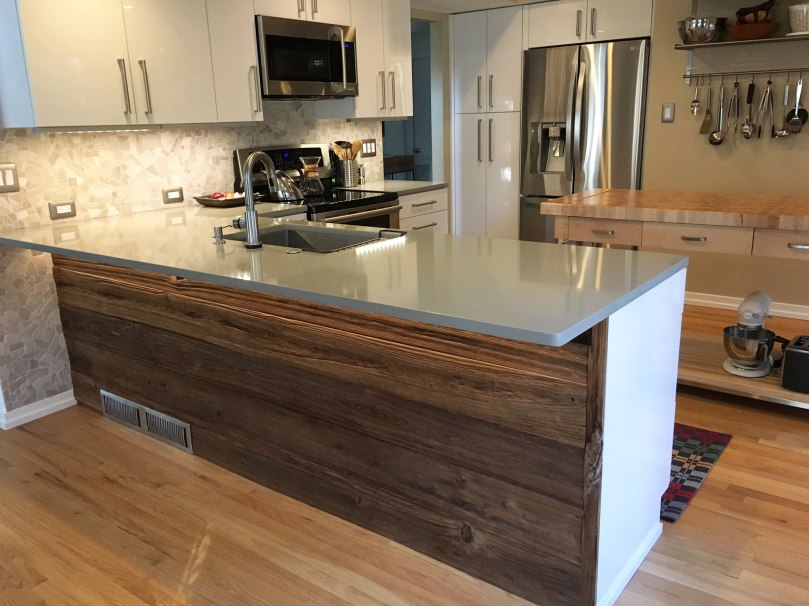
My claim of reclaimed
Once I decided to used reclaimed mushroom wood as an accent in our kitchen I couldn’t give myself THAT much credit. Afterall, haven’t many have gone there before? Many, including my father, used reclaimed before it became trendy. It’s always been a vehicle for adding a little bit of soul where non exists. Be it because of economic necessity, the desire to be closer to nature, or just our past, reclaimed materials will always intrigue people. But for me, I smiled to myself, thought of my dad, remembering him doing things a just a little bit differently.

